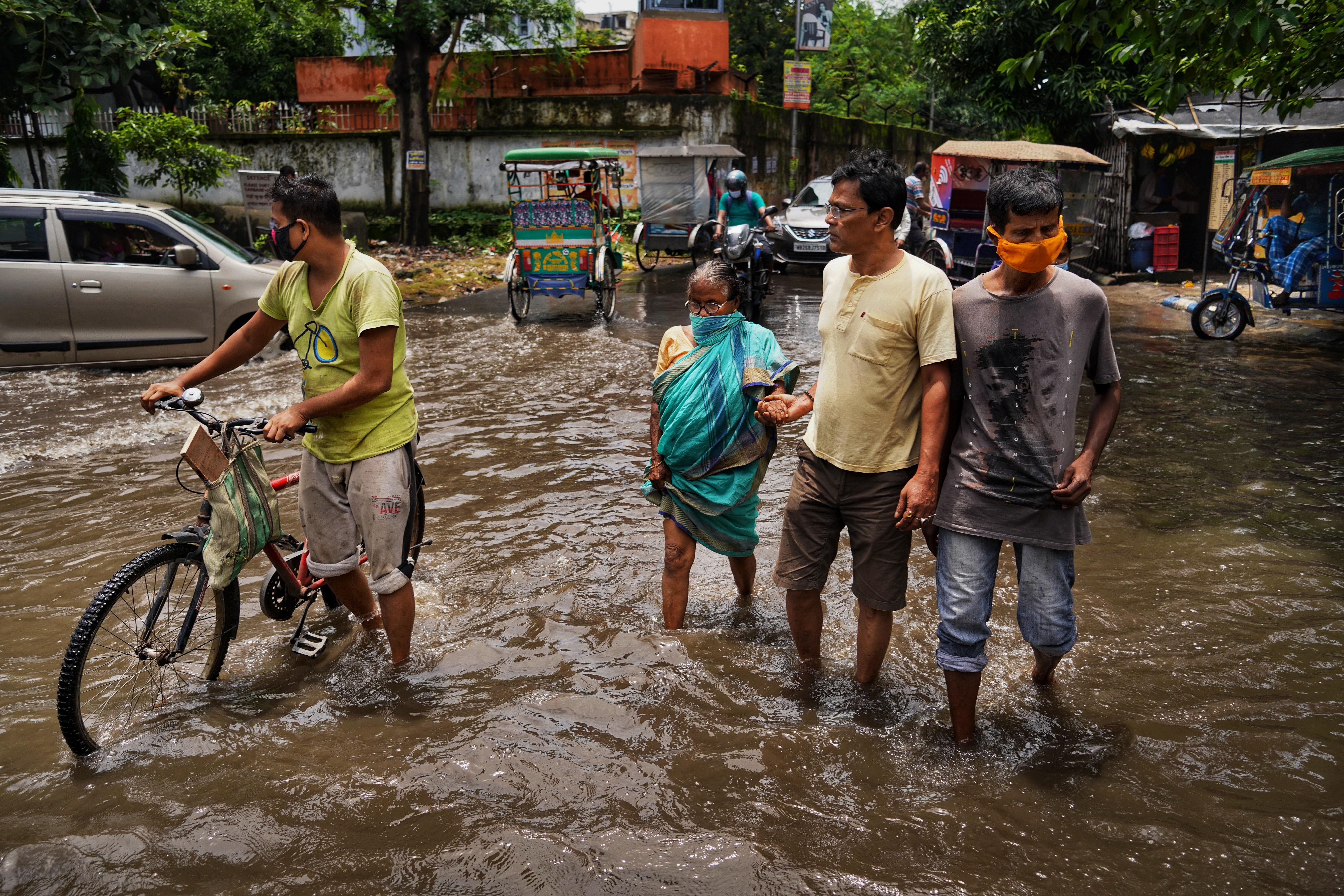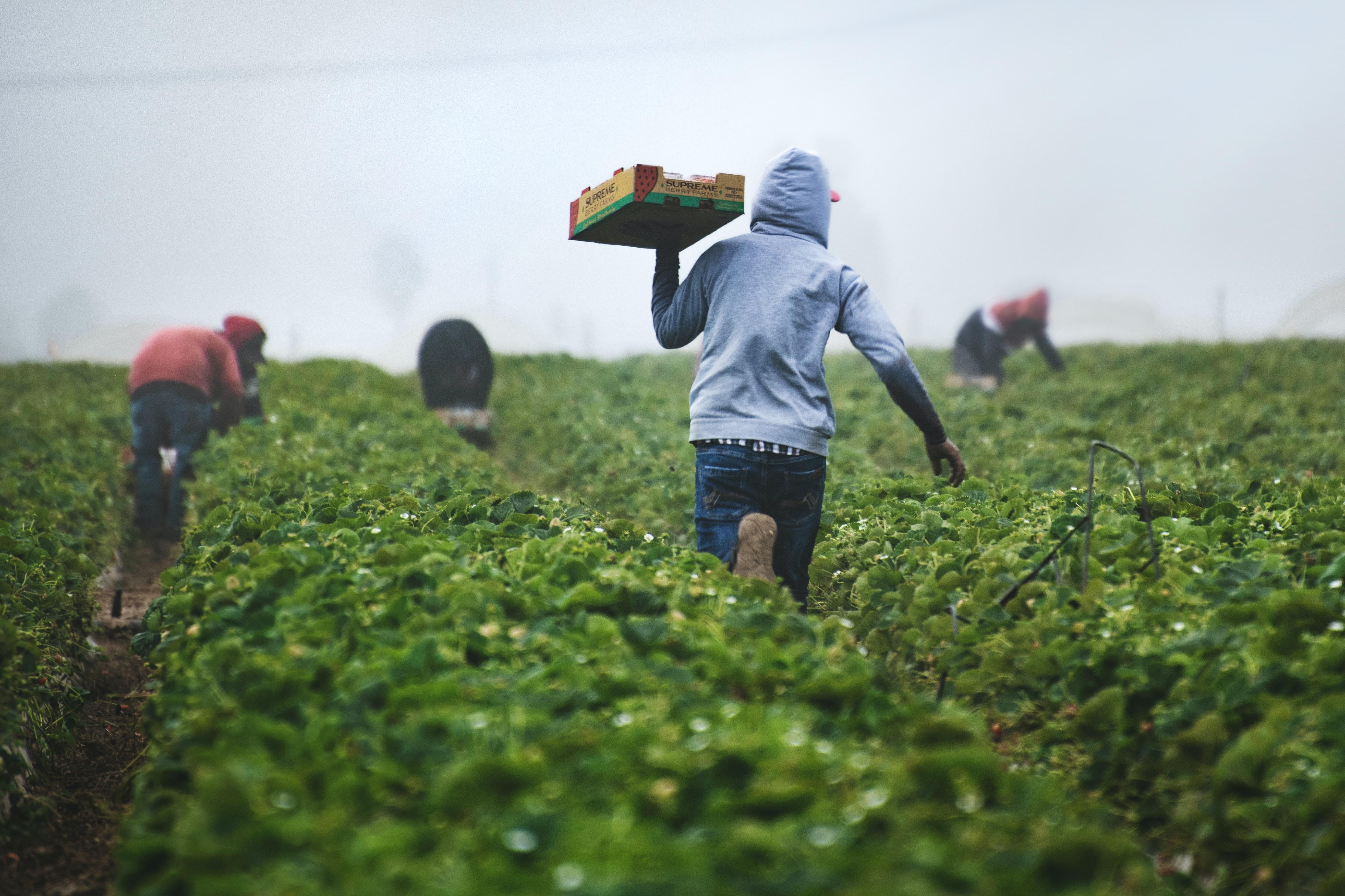In the past month, the world has watched Pakistan’s monsoon season proliferate into an alarming humanitarian emergency of extraordinary scale. The floods – currently affecting 33 million people – are an unprecedented tragedy and a grave “wake-up call” on the threats of climate change. Over a third of Pakistan’s landmass has been submerged and flood waters continue to wash away farmsteads, staple crops, livestock and stored food, wiping out livelihoods as they do so. As the death toll, displacement and damage rise, the government is already looking towards the looming food crisis on the horizon (1). Short-term food aid will not be enough to counteract these extensive losses and there is an urgent call for bolstered long-term climate change adaptation and mitigation (A&M) strategies, particularly concerning food security and nutrition (2). However, given the complexities and far-reaching effects of flooding, these pathways are not always straightforward to quantify or address.
Mapping pathways between flooding and nutrition
The figure below describes simplified theoretical pathways between flooding and nutrition based on previous papers investigating the effects of single flooding events (3, 4). While this diagram excludes the complexities of infrastructure damage, poverty, unemployment or displacement, it depicts some of the challenges of measuring the myriad effects of flooding events.
For example, floods can impact maternal nutrition via water sanitation and hygiene (WASH) practices, via food security, health status, or through a combination of all three. While there is considerable research exploring differences between such pathways, which decision-makers can utilise (7, 8), Pakistan’s situation has highlighted a key factor that has been largely overlooked in previous research: Time.

Flooding Over Time
In contexts where agriculture production relies on monsoon flooding (such as Pakistan), floods can be favourable or detrimental to crop yields depending on which season they occur, as well as their magnitude and duration. For example, Pakistan’s rice crops are sowed in May/June and require two months to germinate before requiring waterlogging (Figure 2). If flooding occurs during this critical gestation period, happen too late or remain through harvest periods, crop yields may decline. Pakistan’s monsoon season normally settles in at the end of June, but this year the monsoon came early and was unrelenting for eight weeks, with many major crops washed away (i.e. rice, maize, millet, sorghum). The detrimental effects of early seasonal onset and long duration are further compounded by the preceding heatwaves in March (9), which have already taken a toll on Pakistan’s wheat production (10). The combined effect of these two extremes, in addition to geo-political conditions (i.e. staple food inflation due to Russian-Ukraine war), will significantly deepen Pakistan’s unfolding food crisis.

Figure 2: Pakistan’s FAO Crop Calendar (11).
There is no denying that the magnitude of Pakistan’s current monsoon is far more extreme than anything witnessed in the past 30 years. However, researchers should be wary of treating such catastrophes as isolated, one-dimensional events as this would provide decision-makers with an incomplete picture. This is not to say that all studies of individual flooding events are incomplete. However, in some instances, it would be more appropriate to treat flooding as a cumulation of events with differing impacts at different time points. Given today’s increasingly volatile climate, researchers must equip themselves with methods, metrics and data that can account for such seasonal effects of extreme weather over time.
Of course, this is easier said than done and there are numerous reasons why such tools are limited in this area (i.e. lack of longitudinal flood methods; flood data sparsity; low spatial-temporal resolutions). Nevertheless, as researchers continue to rise to these challenges, we hope that more nuanced data on the effects of flooding will become available. This information will be crucial to support decision-makers in mitigating and adapting to upcoming catastrophes, such as the Pakistani floods.
The ANH Academy Secretariat sends its sincere thoughts and condolences to everyone affected by the floods in Pakistan, including the co-hosts and participants of the ANH Academy Week 2019, which was held in partnership with organisations in the country and all members who are in the region.
References
- Dilawar FM and I. Pakistan’s Food Security Threatened by Massive Flooding [Internet]. Time. 2022 Aug 31; Available from: https://time.com/6209889/pakistan-food-floods/
- Siddiqui Z. Pakistan floods pose urgent questions over preparedness and climate reparations [Internet]. The New Humanitarian. 2022 Sep 5; Available from: https://www.thenewhumanitarian.org/news-feature/2022/09/05/Pakistan-flo…
- Douglas I. Climate change, flooding and food security in south Asia. Food Security. 2009 Jun;1(2):127-36.
- Pandey VL, Dev SM, Jayachandran U. Impact of agricultural interventions on the nutritional status in South Asia: A review. Food policy. 2016 Jul 1;62:28-40.
- Allaire M. Socio-economic impacts of flooding: A review of the empirical literature. Water Security. 2018 May 1;3:18-26.
- Lieber M, Chin-Hong P, Kelly K, Dandu M, Weiser SD. A systematic review and meta-analysis assessing the impact of droughts, flooding, and climate variability on malnutrition. Global Public Health. 2022 Jan 2;17(1):68-82.
- Lieber M, Chin-Hong P, Kelly K, Dandu M, Weiser SD. A systematic review and meta-analysis assessing the impact of droughts, flooding, and climate variability on malnutrition. Global Public Health. 2022 Jan 2;17(1):68-82.;
- Saulnier DD, Ribacke KB, von Schreeb J. No calm after the storm: a systematic review of human health following flood and storm disasters. Prehospital and disaster medicine. 2017 Oct;32(5):568-79.
- Patel K. Why Pakistan’s record-breaking monsoon season is so devastating. Washington Post [Internet]. 2022 Aug 31; Available from: https://www.washingtonpost.com/climate-environment/2022/08/31/monsoon-p…
- Andrews M. India and Pakistan heatwaves likely to become more severe, say scientists [Internet]. The Guardian. 2022 Apr 29; Available from : https://www.theguardian.com/news/2022/apr/29/heatwaves-india-pakistan-l…
- Food and Agriculture Organisation (FAO) Pakistan – Crop Calendar [Internet]. 2022 Jul 22; Available from : https://data-in-emergencies.fao.org/documents/hqfao::pakistan-crop-cale…
Image: People in flood waters. By Dibakar Roy via Unsplash.






